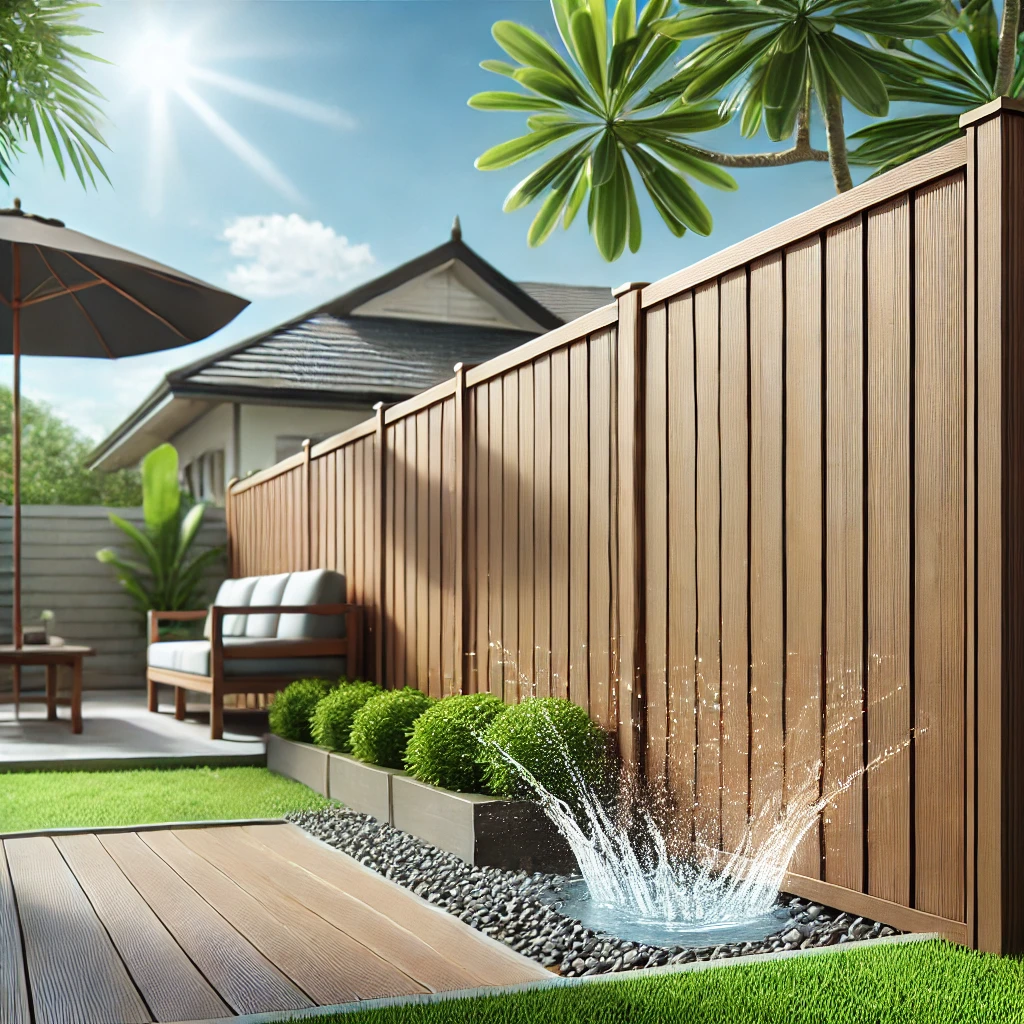In today’s world, sustainability is a key consideration in both residential and commercial construction. Wood Plastic Composite (WPC) has emerged as a sustainable alternative to traditional wood, offering numerous environmental benefits. In this blog post, we will explore the environmental benefits of WPC and why sustainability should be a priority in your material selection.



1. The Use of Recycled Materials in WPC: A Key Environmental Benefit
One of the most significant environmental benefits of WPC is its use of recycled materials. WPC is typically made from a combination of recycled wood fibers and plastic, which reduces the demand for virgin materials. By using recycled content, WPC helps to minimize deforestation and decrease the amount of plastic waste in landfills.
- Reduction in Deforestation: The use of recycled wood fibers in WPC reduces the need to harvest trees, helping to preserve natural forests.
- Decreased Plastic Waste: Incorporating recycled plastics into WPC diverts waste from landfills, contributing to a circular economy.
2. Longevity and Durability: Long-Term Environmental Benefits of WPC
The longevity and durability of WPC are major contributors to its environmental benefits. Unlike traditional wood, which may need frequent replacement due to rot, insect damage, or weathering, WPC is designed to withstand the elements for many years. This long-term durability means fewer resources are needed for repairs and replacements, leading to reduced environmental impact over time.
- Less Frequent Replacement: The extended lifespan of WPC products reduces the need for new materials, decreasing resource consumption.
- Lower Maintenance Requirements: WPC requires minimal maintenance, reducing the use of chemicals and water that are often needed to maintain traditional wood.
3. Energy Efficiency in Production: Another Environmental Benefit of WPC
The production process for WPC is generally more energy-efficient than that of traditional wood products. WPC manufacturing typically uses less energy and generates fewer greenhouse gas emissions, contributing to its overall environmental benefits.
- Energy-Efficient Manufacturing: WPC production processes are optimized to minimize energy consumption, making it a more sustainable option.
- Reduced Emissions: Lower energy use during production results in fewer emissions, contributing to a smaller carbon footprint for WPC products.
4. WPC’s Resistance to Environmental Degradation
WPC’s resistance to environmental degradation is another key factor in its sustainability. Traditional wood can deteriorate over time due to moisture, UV exposure, and insects, leading to a shorter lifespan and the need for more frequent replacements. WPC, however, is engineered to resist these environmental factors, providing long-lasting performance with less environmental impact.
- Moisture Resistance: WPC’s moisture resistance prevents the warping and rotting commonly seen in traditional wood.
- UV Resistance: WPC is designed to resist fading and degradation from UV exposure, maintaining its appearance over time.
5. Recycling and End-of-Life Options: Continuing the Environmental Benefits of WPC
At the end of its useful life, WPC can often be recycled, further extending its environmental benefits. Many WPC products can be ground down and reprocessed into new composite materials, closing the loop and contributing to a circular economy.
- Recyclability: WPC products that reach the end of their life can be recycled, reducing waste and the demand for new raw materials.
- Contribution to Circular Economy: By recycling WPC, manufacturers can reduce their environmental footprint and promote sustainable practices.
Conclusion
The environmental benefits of WPC make it an ideal choice for those looking to build sustainably. From its use of recycled materials to its long-term durability and recyclability, WPC offers a range of advantages that traditional wood cannot match. By choosing WPC, you can contribute to environmental conservation while enjoying a beautiful, durable product that stands the test of time.

